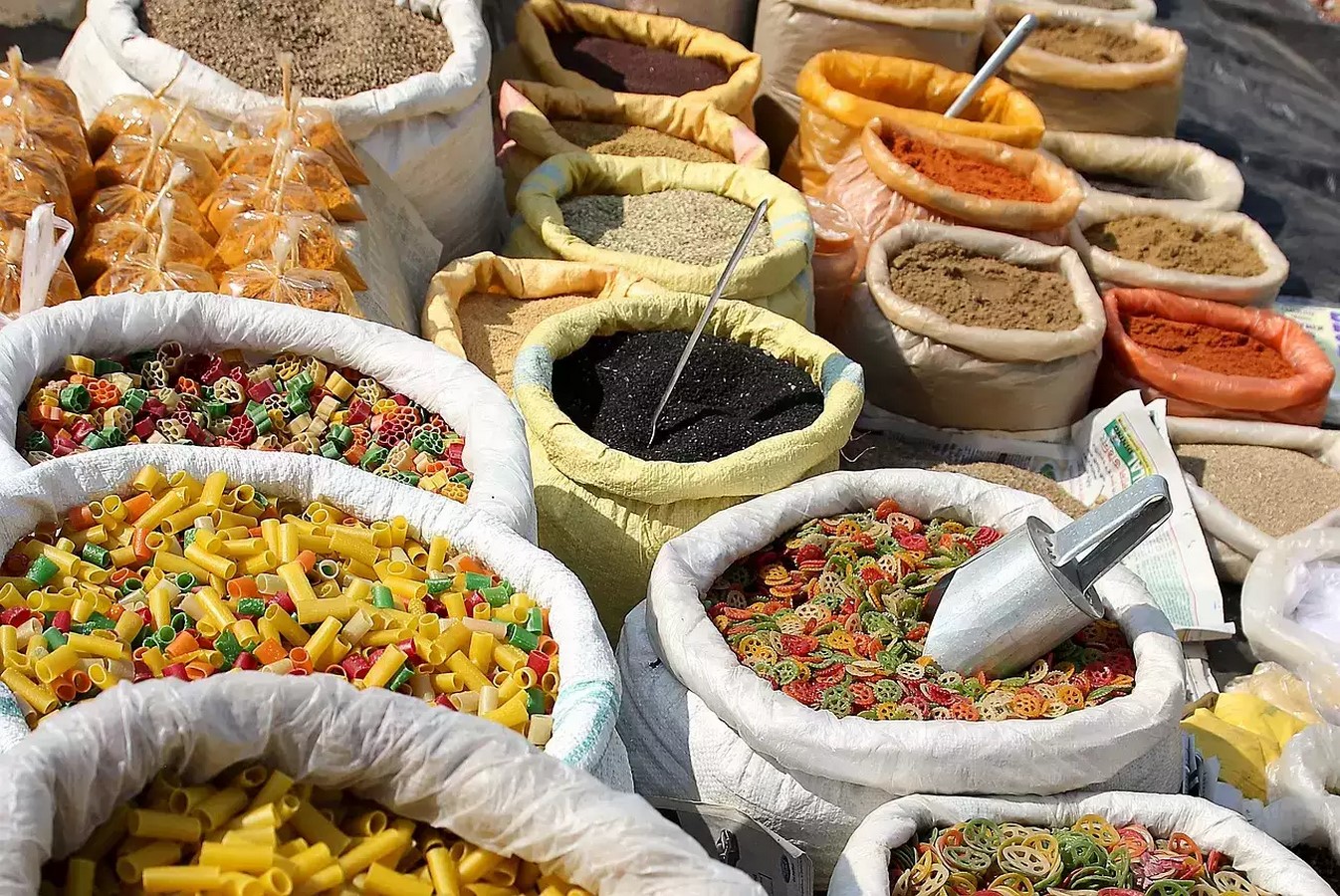India’s consumption landscape is witnessing a stark contrast between two significant categories: wine and tea. While one segment, characterized by wine purchases, is thriving, the other, represented by tea consumption, is facing challenges.
Schizophrenic Consumption Patterns
Madan Sabnavis, the chief economist of Bank of Baroda, describes this phenomenon as a “schizophrenic pattern of consumption.” He notes that sales are performing better in product categories where price sensitivity is low.

Impact of Price Sensitivity
Product categories sensitive to prices, such as detergent powders, groundnut oils, shampoos, and hair dyes, are experiencing sluggish growth. This decline in output reflects subdued demand, attributed partly to inflation.
Inflation’s Influence
While moderate inflation is observed in items like tea and shampoo, their demand has declined. Conversely, high inflation in coffee, toothpaste, and soaps hasn’t deterred demand growth. The general inflationary trend has led to reduced purchasing power among consumers.
Consumer Behavior Amidst Inflation
A UBS survey reveals that 46% of respondents are purchasing fewer personal care and packaged food items compared to last year. In contrast, home care product purchases show neutrality in consumer behavior.
FMCG Sector Impact
Hindustan Unilever, a major FMCG player, has experienced urban volume growth but a decline in rural volumes, reflecting ongoing economic challenges in these areas.
Affluent Consumer Spending
Conversely, affluent segments are maintaining or increasing discretionary spending. UBS surveys indicate that 65% of upper and middle-class respondents have seen their household incomes outpace inflation.
Growth in Premium Products
Luxury and gourmet product sales are on the rise in urban areas, driven by increasing affluence and higher discretionary incomes among consumers.
E-commerce Dynamics
E-commerce sales during festival seasons highlight a dichotomy, with consumers split between seeking premium deals and opting for value-for-money purchases. Financing options and discounts are driving premiumization in big-ticket purchases.
Complex Consumer Behavior
Indian consumer behavior is evolving, with price sensitivity still a significant factor but no longer the sole determinant. Affluent segments lean towards premium purchases, while others navigate affordability amidst inflationary pressures.
Conclusion
India’s consumption trends showcase a nuanced narrative, reflecting diverse consumer behaviors shaped by income levels, inflation, and purchasing power dynamics. From premiumization to value-driven purchases, the market portrays a complex landscape where consumer choices vary significantly.


